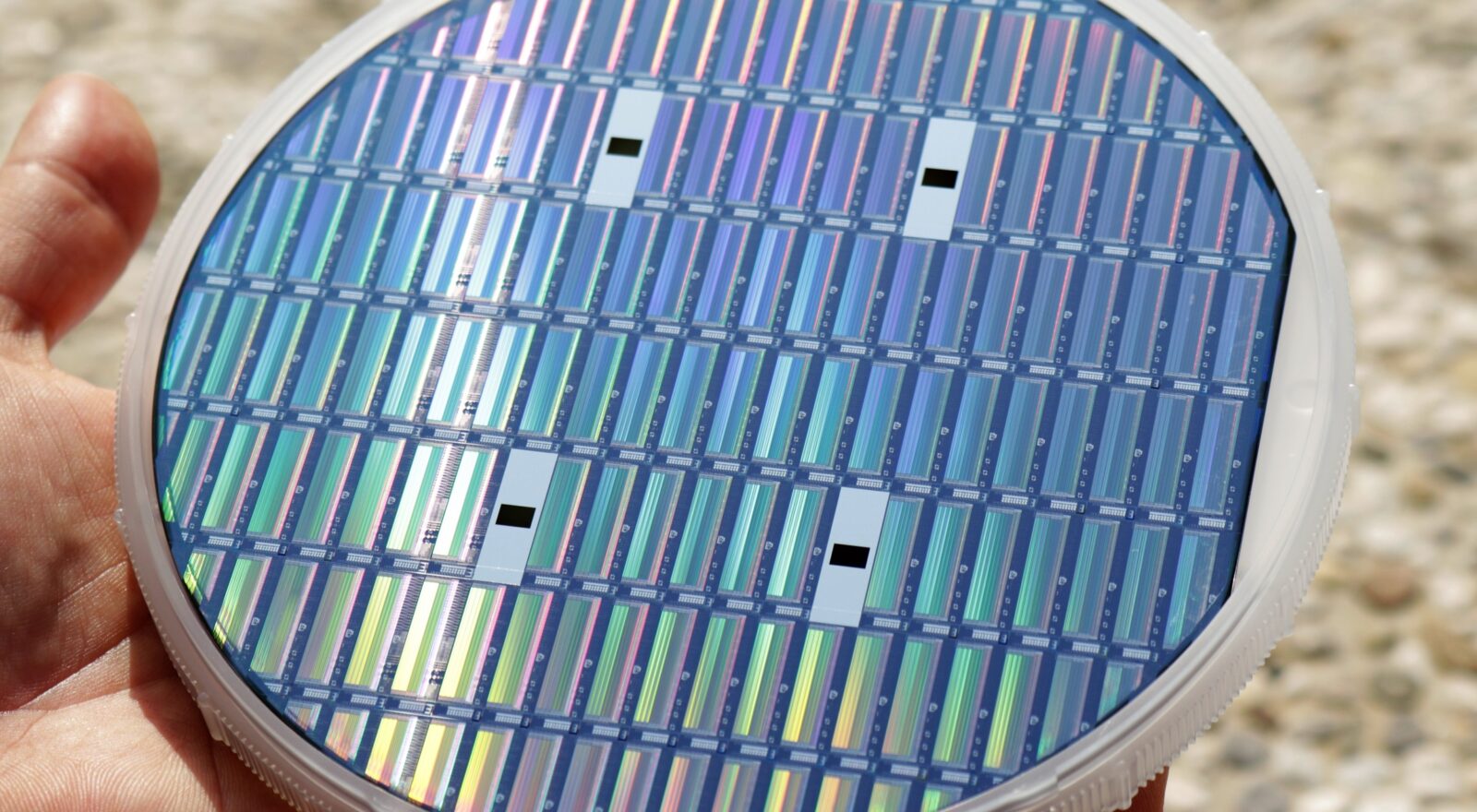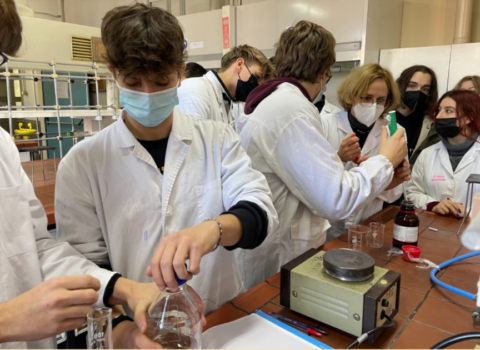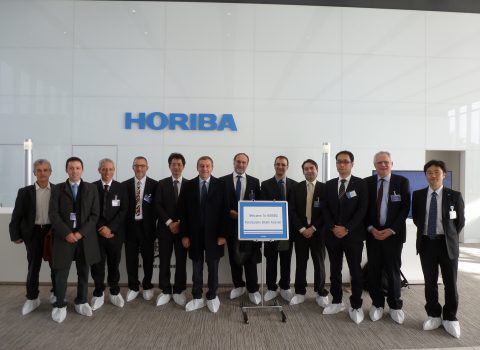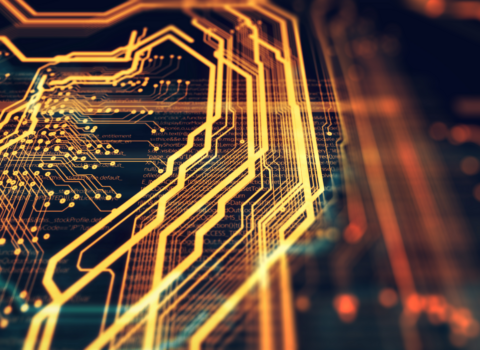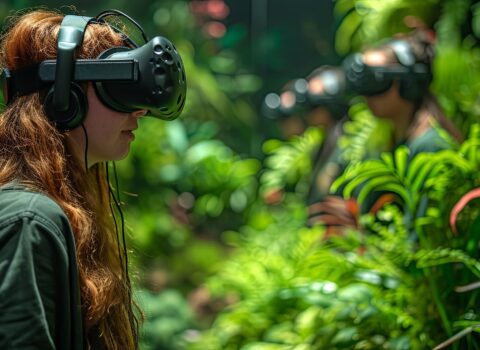
““Measure what is measurable and make measurable what is not”: how sensors convert the environment into useful data
Sensors can be seen as translators that convert unfamiliar words that make no sense to us into familiar ones that help us interact with the world around us
After all, Galileo agreed on this, as can be seen from the quote in the title to this article that explores the keyword of the Center for Sensors & Devices suggested by Antonino Picciotto, coordinator of the technology processes of the Micro Nano Facility: the founder of modern science had well understood the value of the “measurement” operation to learn about and manipulate the world; almost every “quality” of our interest can be converted into something “quantifiable”, and from Galileo onward the field of these conversions has done nothing but develop in the field of experimental research.
And this was possible not only due to big theoretical mathematizing operations on the world: theory could not be developed without material support. Galileo would not have discovered the irregularities of the moon without the telescope, Ampere would not have developed the law that bears his name without the voltaic pile, Planck would not have started the quantum revolution without the spectroscope.
In a broad sense, all scientific instruments that perform indirect measurement (the majority) are sensors. It is only through such sensors and measuring devices of various kinds that the heat of the sun becomes temperature, the air column of the earth becomes atmospheric pressure, the water in the atmosphere becomes humidity.
Definition and applications
Environmental gas detection sensors are the prime example of what they actually are: on a rectangle of silicon (or other semiconductor) chemicals, (e.g. sulfur dioxide) that are particularly reactive to the gas to be detected (nitrogen dioxide) are prepped. Based on the sulfur dioxide reactions, the electrical behavior of the underlying silicon sensor changes: starting from an environmental chemical signal, an electrical signal is obtained, which will then be further reprocessed by the system in which the sensor is embedded and will thus provide data on the environment.
Sensor aapplications are countless. One does not need to go outside the Center for Sensors & Devices to discover a large number of them, and of various kinds. The biomedical area is a particularly interesting one: the center’s research units have participated over the years in projects to develop sensors to be embedded into medical diagnostic machines (Hyperimage project), or even into biosensors, which combine a biological element, a transducer and a sensing system, and facilitate patients’ self-monitoring processes.
Artificial Intelligence is also somewhat “indebted” to sensors as a primary source of data: for example, in self-driving cars, silicon photomultipliers act as “radar” to detect the distance to other bodies and determine the speed to be maintained, possible direction changes, braking… .
Another application area involves weather data: in the past, weather forecasts were more uncertain, and to this day are becoming increasingly refined in accuracy and precision thanks to the fact that an increasing number of sensors embedded and distributed in the atmosphere are sending information to artificial intelligence systems, which combine these weather data and make predictions about the weather.
Socio-material reflections
Artificial intelligence may – once again – cause us to ponder over the inherently material nature of science and technology. If someone types “Artificial Intelligence” on the Internet, he or she will be overwhelmed by images of robots, code lines, brains, neurons… if someone thinks about artificial intelligence, he or she usually imagines an abstract concept, compares it with human intelligence, thinks about its social and philosophical implications. Rarely does one consider the material infrastructure of sensors, processors and memories, hardware, that actually grounds artificial intelligence and enables its existence.
According to Lorenza Ferrario, head of the Micro Nano Fabrication unit at Sensors&Devices, sensors are “the bridgehead” of a system, the first link in a chain to transform signals from the environment around us into material suitable for processing, thus enabling their evolution from data to information…
It is important to keep well in mind this material medium on which the functioning of everything depends, which we often take for granted. In this way, on the one hand we are reminded of the more concrete dimension of technology, and, on the other hand, we become aware of a form of relationship, often left implicit, that we have with it: it is us with our behaviors, our biometric data, our operations at work that provide data to machines that adjust their behavior accordingly, either automatically (deterministic algorithm) or learningly (artificial intelligence algorithm). The bridge through which this exchange is made possible, at the hardware level, is often sensors.
Human beings and machines together shape the world in which we live, and it is inaccurate to say that one drives the other or vice versa: the whole society results from the interaction between the agency of human and non-human actors. We build and at the same time are guided by our machines, and our machines depend on us for their maintenance, improvement and optimal operation. Taking both of these aspects into account is the key to understanding complexity.
